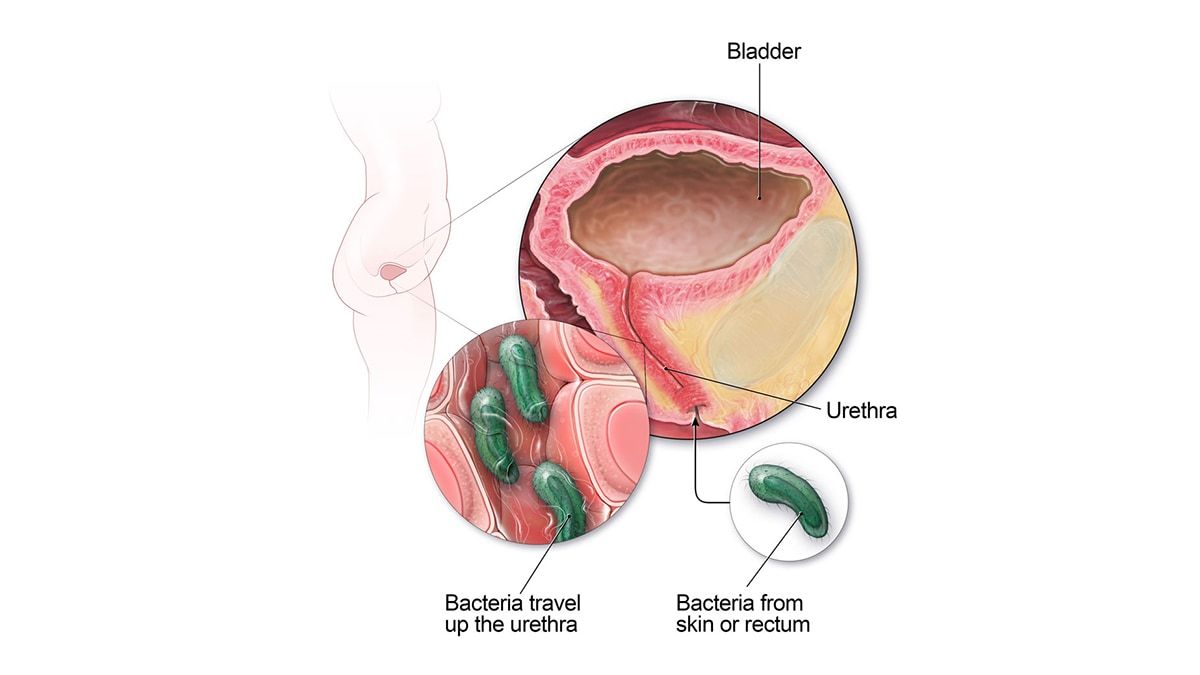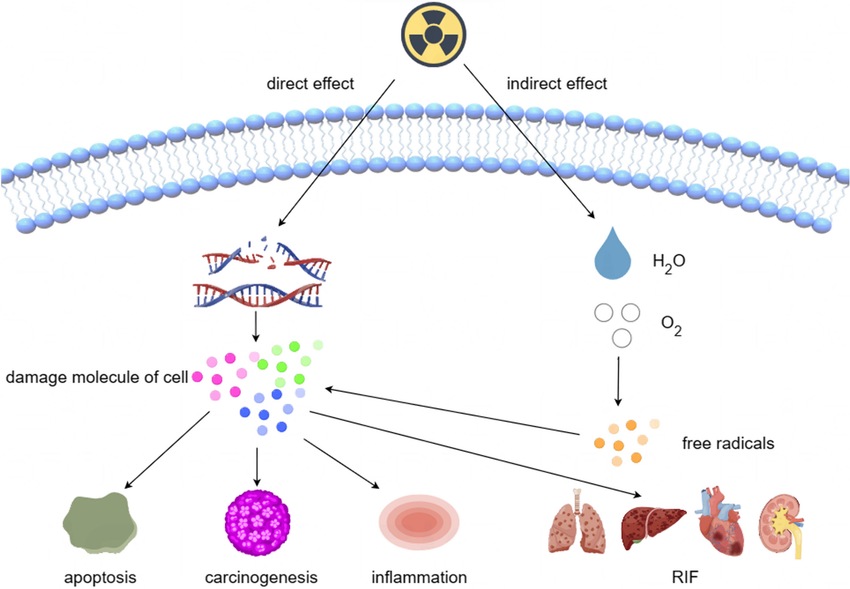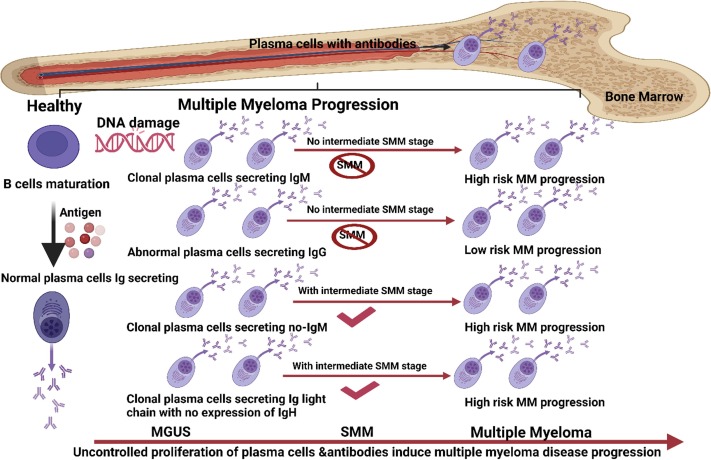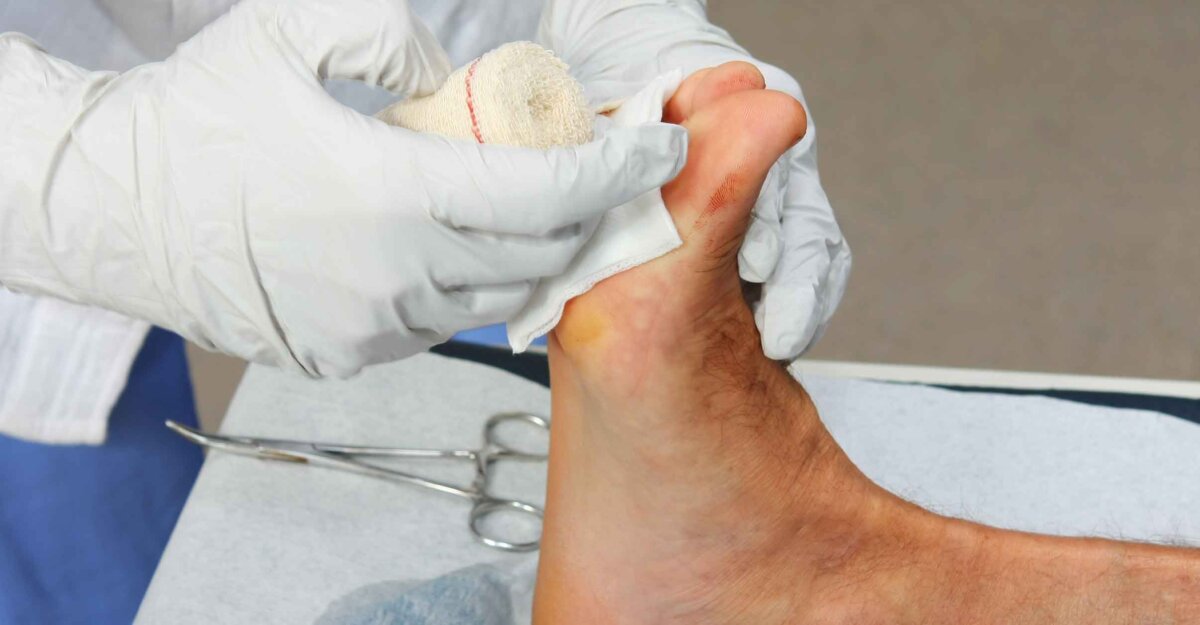
Causes of Urinary Tract Infections (UTIs)
Urinary tract infections (UTIs) are primarily caused by the invasion of pathogenic microorganisms in the urinary system. The most common causative agents include:
- Bacteria: The majority of UTIs are caused by bacteria, with Escherichia coli (E. coli) being responsible for approximately 80-90% of cases. Other bacteria that can cause UTIs include Klebsiella, Proteus, Enterobacter, and Staphylococcus saprophyticus.
- Fungi: Although less common, fungi such as Candida species can also lead to UTIs, particularly in immunocompromised individuals or those with diabetes.
- Viruses: Certain viral infections can affect the urinary tract, but they are rare causes of UTIs.
- Anatomical and Functional Abnormalities: Structural abnormalities in the urinary tract can predispose individuals to infections by obstructing normal urine flow or creating reservoirs for bacteria.
- Sexual Activity: Sexual intercourse can introduce bacteria into the urinary tract, increasing the risk of infection.
- Hygiene Practices: Poor hygiene practices, such as wiping from back to front after using the toilet, can facilitate bacterial entry into the urethra.
Classification of Urinary Tract Infections According to Degree
UTIs can be classified based on their severity and location within the urinary tract:
- Uncomplicated UTI: This type occurs in healthy individuals with normal urinary tracts and is typically limited to the bladder (cystitis). It is usually mild and responds well to standard antibiotic treatment.
- Complicated UTI: This classification includes infections occurring in individuals with structural or functional abnormalities of the urinary tract or underlying health issues (e.g., diabetes). Complicated UTIs may involve the kidneys (pyelonephritis) and often require more aggressive treatment due to potential complications.
- Recurrent UTI: Defined as two or more infections within six months or three or more within a year, recurrent UTIs may indicate an underlying issue that needs addressing.
Predisposing Factors for UTIs
Several factors increase an individual’s risk of developing a UTI:
- Gender: Women are at a higher risk due to shorter urethras which allow easier access for bacteria to reach the bladder.
- Age: Older adults may have weakened immune systems or anatomical changes that predispose them to infections.
- Pregnancy: Hormonal changes and pressure on the bladder during pregnancy can increase susceptibility.
- Diabetes Mellitus: High blood sugar levels can impair immune function and provide a favorable environment for bacterial growth.
- Catheter Use: Indwelling catheters create a direct pathway for bacteria into the bladder, significantly increasing infection risk.
- Hormonal Changes: Postmenopausal women experience changes in estrogen levels that may alter vaginal flora and increase susceptibility to infections.
Clinical Presentation of UTIs
The clinical presentation of UTIs varies depending on whether it is uncomplicated or complicated:
- Symptoms of Uncomplicated UTI:
- Frequent urge to urinate
- Burning sensation during urination
- Cloudy or strong-smelling urine
- Pelvic pain
- Symptoms of Complicated UTI/Pyelonephritis:
- Fever and chills
- Nausea and vomiting
- Flank pain (pain in the side)
- Symptoms similar to those seen in uncomplicated UTIs
Methods for Treating UTIs
Treatment strategies depend on whether the UTI is uncomplicated or complicated:
- Antibiotics:
- Uncomplicated UTIs are typically treated with short courses (3-7 days) of antibiotics such as nitrofurantoin, trimethoprim-sulfamethoxazole, or fosfomycin.
- Complicated UTIs may require longer courses (7-14 days) and broader-spectrum antibiotics based on culture results.
- Symptomatic Relief:
- Analgesics like phenazopyridine may be used to relieve burning sensations during urination.
- Hydration Therapy:
- Increased fluid intake helps flush out bacteria from the urinary system.
- Follow-up Care:
- Patients with recurrent infections may need further evaluation including imaging studies or urological consultation for underlying issues.
- Preventive Measures:
- For recurrent cases, prophylactic antibiotics may be prescribed after sexual activity or taken daily for several months.
In summary, understanding the causes, classifications, predisposing factors, clinical presentations, and treatment methods associated with urinary tract infections is crucial for effective management and prevention strategies.







